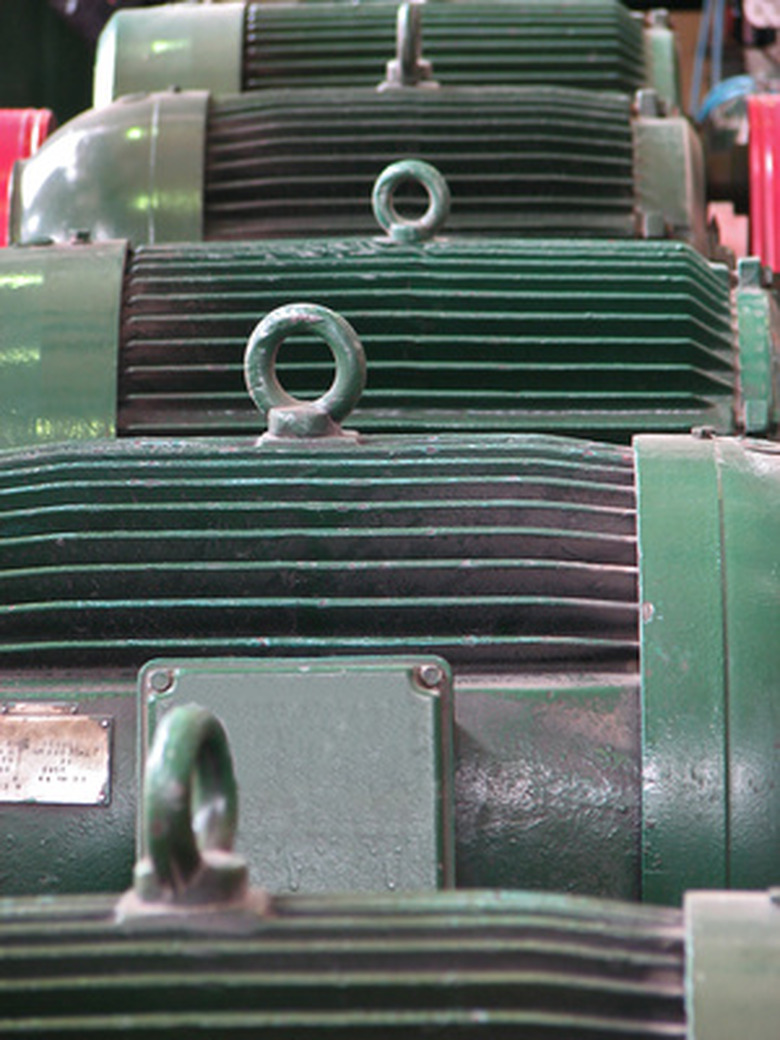What Is An Inverter Duty Motor?
Inverters were originally sold to be used with standard motors, but an increasing failure rate for inverter-fed motors led to the introduction of motors for inverter duty. These motors have a higher quality insulation and can withstand the voltage spikes generated by inverters.
Background
Background
Inverters were originally used for speed control of standard motors but it was found that the high voltage spikes generated by rapid inverter switching progressively weakened the insulation of standard motors. A second problem for standard motors was they were often cooled with shaft-mounted fans and would overheat when running at inverter-controlled slow speeds. These factors led to the introduction of inverter duty motors.
Voltage Spikes
Voltage Spikes
Inverters simulate a low frequency by rapidly switching DC voltages in pulses which deliver power in approximate sine wave shapes. These pulse generate voltage spikes. Inverter duty motors are wound with inverter-grade magnet wire which has a higher resistance to voltage spikes. The wound motor poles are then dipped in premium varnish and baked repeatedly. The varnish is built up to a higher thickness than for standard motors, adding to the increased ability to withstand voltage spikes.
Overheating
Overheating
Inverters allow standard electric motors to be fed at simulated low frequencies, letting the motors turn at low speeds. This means the shaft-mounted cooling fan of the motor is also turning at low speed and not delivering enough cooling air. Inverter duty motors are either rated to operate at higher temperatures or have a constant-speed auxiliary fan which provides cooling at low speeds.
Cite This Article
MLA
Markgraf, Bert. "What Is An Inverter Duty Motor?" sciencing.com, https://www.sciencing.com/inverter-duty-motor-7783077/. 24 April 2017.
APA
Markgraf, Bert. (2017, April 24). What Is An Inverter Duty Motor?. sciencing.com. Retrieved from https://www.sciencing.com/inverter-duty-motor-7783077/
Chicago
Markgraf, Bert. What Is An Inverter Duty Motor? last modified March 24, 2022. https://www.sciencing.com/inverter-duty-motor-7783077/
